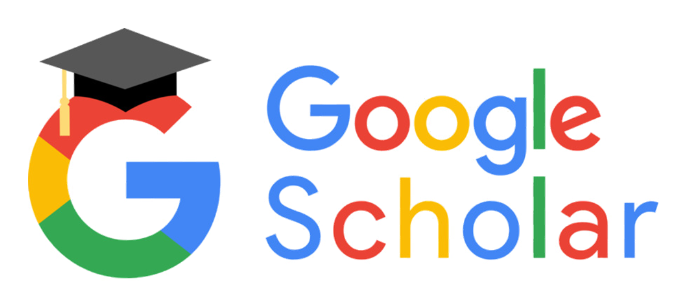Validitas Lembar Kerja Peserta Didik (LKPD) Berbasis Problem Based Learning (PBL) Materi Pemanasan Global Untuk Meningkatkan Kemampuan Literasi Sains Fase E SMA/MA
Abstract
Scientific literacy in PISA is realized in a real context that requires people to use their competencies in everyday life, especially in analyzing, reasoning and communicating scientific ideas. This research aims to analyze and determine the validity of Problem Based Learning-based Student Worksheets (LKPD) on global warming material to improve the scientific literacy skills being developed. This research used method is the Research and Development (R&D) method on the 4D model (Define, Design, Develop, Disseminate). The definition stage begins with an initial analysis of field problems, namely conducting interviews and observations of physics teachers and conducting literature studies. The next stage is the design (design) carried out with an initial design of the LKPD material on global warming using the PBL model. The development stage is to carry out a validation test of the LKPD learning tools with expert validators (expert lecturers and high school physics teachers). The dissemination stage has not yet reached the stage of direct application to students, but has only reached the stage of disseminating research results in the form of scientific articles containing research on the development of published learning tools. The validity of the worksheet is assessed using 10 aspects on the validator assessment sheet. Based on the assessment aspects carried out by 3 expert validators, it was found that the validity of the LKPD developed received an average value of 94.2%. The validation results show that the LKPD developed is said to be valid so that it can be used in learning activities to improve students' scientific literacy skills, especially in physics learning regarding global warming material.
Downloads
Downloads
Published
How to Cite
Issue
Section
License
This work is licensed under a Creative Commons Attribution-NonCommercial 4.0 International License (CC BY-NC 4.0).
Authors retain the copyright and full publishing rights of their articles without restriction. By submitting and publishing in this journal, the author grants the journal the non-exclusive right to publish and distribute the article, provided that proper attribution is given and the use is non-commercial.
To view a copy of this license, visit https://creativecommons.org/licenses/by-nc/4.0/
 Abstract views: 282
,
Abstract views: 282
, PDF Downloads: 371
PDF Downloads: 371




